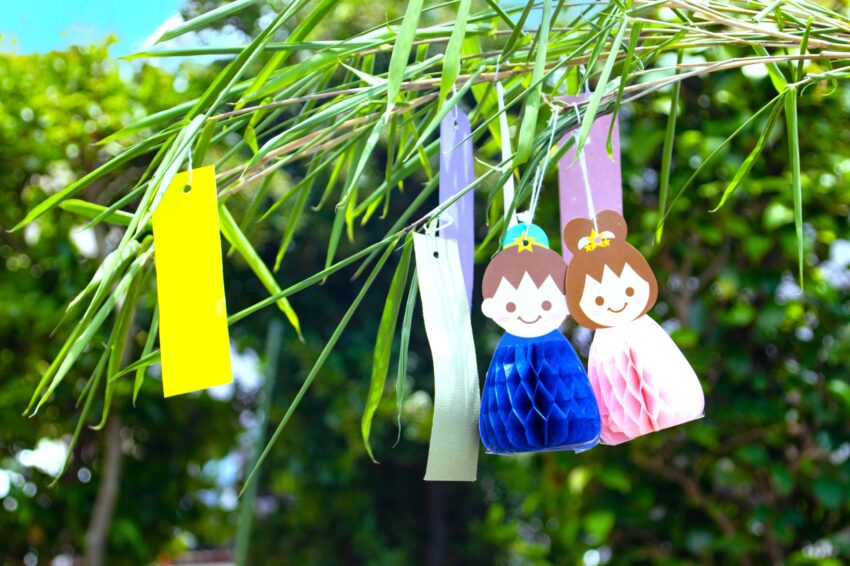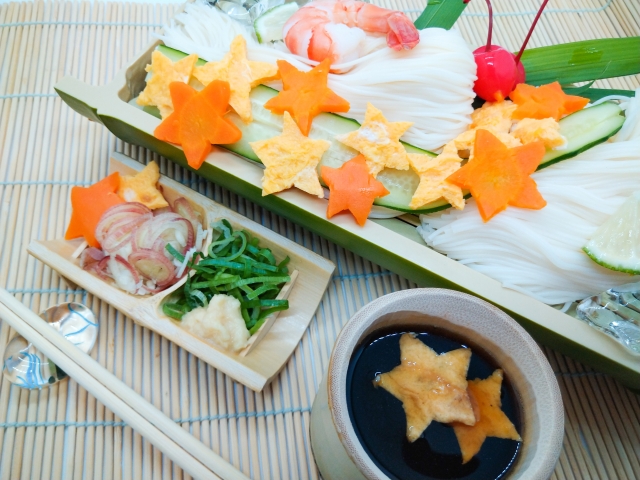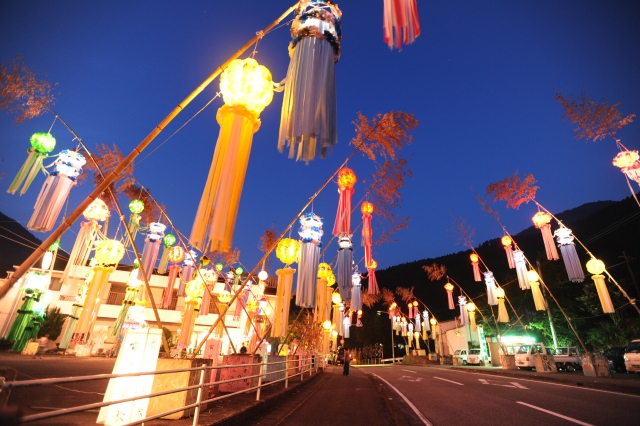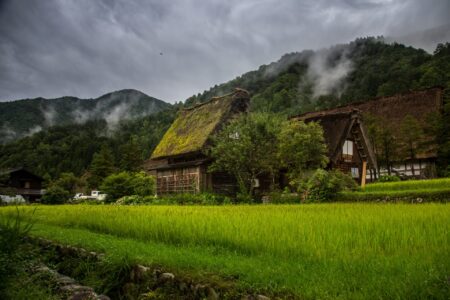Best of MUSUBI: Tanabata

Welcome to Best of MUSUBI, where we revisit articles from the past to breath new life into them with updated information and photos!
July is widely considered the beginning of the swimming and mountain climbing season. It’s the end of the first semester of school and the beginning of summer break. The days get hotter and the drinks get cooler. And, early in the month, we have 七夕 or Tanabata (Star Festival), one of the most beloved traditions of all.
The Legend of Tanabata
Tanabata was introduced to Japan by the Empress Kōken in 755. Its origins lie in the Qixi Festival of China, which was also adopted in the Kyoto Imperial Palace in the Heian Period. Today, Tanabata is celebrated in Japan every year on the 7th day of the 7th month.
The most popular story behind the festival is that Orihime (represented by the star Vega) met and feel in love with Hikoboshi (represented by the star Altair) but in doing so angered her father Tentei (天帝, “Sky King”, or the universe itself). They were separated by the Amanogawa (天の川, “Milky Way”, literally “heavenly river”) but are allowed to meet one day a year.
Early July is said to be is the best time to see the Milky Way in the night sky. Thus, the legend was born. There are some variations where one of the two is human and the other a heavenly being, but the most common version takes a more allegorical approach.
In olden times, people made offerings to the gods using seasonal fruits and vegetables. In thanks for a good wheat harvest, they also presented thin noodles made from wheat known as somen. Today, these noodles are one of the many familiar foods enjoyed during Tanabata.

Tanabata Traditions
Traditionally, children used this event as a time to exhibit their writing. They wrote prayer for improved calligraphy on narrow strips of paper and hung them from bamboo branches. This tradition continues today. People generally celebrate this day by writing wishes, sometimes in the form of poetry, on tanzaku (短冊) small pieces of paper, and hanging them on bamboo.
Bamboo branches are used for Tanabata decorations because of their straight yet supple characteristics. On July 8th (the day after the festival) it has been the custom to burn or float the decorations down a river and pray for evil spirits to be carried away at the same time.

Some Tanabata decorations will remain up throughout July, so even after the festival is officially over, you can still enjoy remnants of it. If you’re in Sendai, it has a particularly excellent Tanabata festival. So don’t forget to take a look at the night sky this summer, and think of the Star Festival!
Photo Credits:
Additional Photo 1: しずく8さん on PhotoAC
Additional Photo 2: ma737さん on PhotoAC
All other content (text) created by the original author and © 2023 MUSUBI by Borderlink
RELATED
-

Cosplay Culture Shock
Top Photo: suiraさん on PhotoAC Cosplay was a whole new world when I first came to Japan compared to the U.S. If… -

Enoshima: A Great Destination
Top photo: 写真魚さん on PhotoAC Once winter is over, and the weather becomes warmer, going to the sea in Japan is … -

For Vacations, Smaller (Not Less) Is More
Top photo: Photo by Luke Paris on Unsplash Vacation travel in Japan is quite different from that in the US. O…
PEOPLE

Vivian Mars
From Parts Unknown
Has experienced Japan for over a year!


